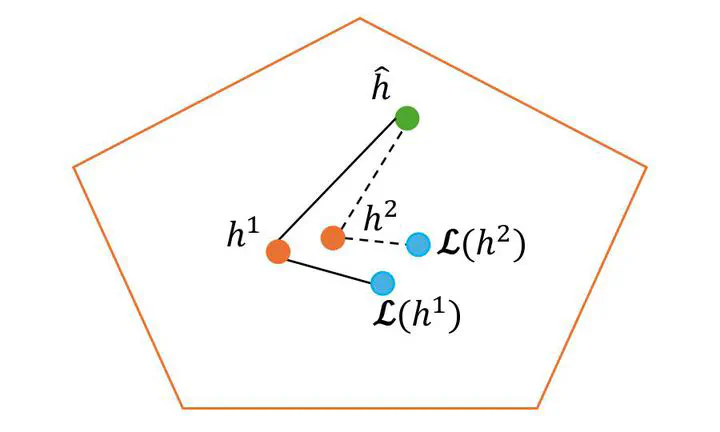Error bounds for stochastic user equilibrium traffic assignment

Abstract
In stochastic user equilibrium traffic assignment, we develop bounds on the distance between a given feasible solution and the equilibrium solution in terms of a gap function. The intent is to provide guidance on termination criteria to reduce run times, which is important because this assignment problem is often a subproblem to a more complex bilevel optimization. These mathematical bounds complement existing rules-of-thumb drawn empirically from numerical case studies. Our approach is based on Taylor’s theorem, as applied to the fixed-point formulation of the stochastic user equilibrium assignment, and provides upper bounds on differences in both aggregate metrics (total travel time, distance traveled) and disaggregate metrics (link flows, path flows). We demonstrate that these bounds are tight and cannot be further improved without additional restrictions on the network topology or problem instance.
Type
Publication
This work is a part of my MS theis and have been presented in the following conferences:
1) 12th Triennial Symposium on Transportation Analysis (TRISTAN XII), Okinawa, Japan.
2) INFORMS Annual Meeting 2024 (TSL invited session), Indianapolis, USA
1) 12th Triennial Symposium on Transportation Analysis (TRISTAN XII), Okinawa, Japan.
2) INFORMS Annual Meeting 2024 (TSL invited session), Indianapolis, USA
The codebase and thesis are available on the buttons below the article.